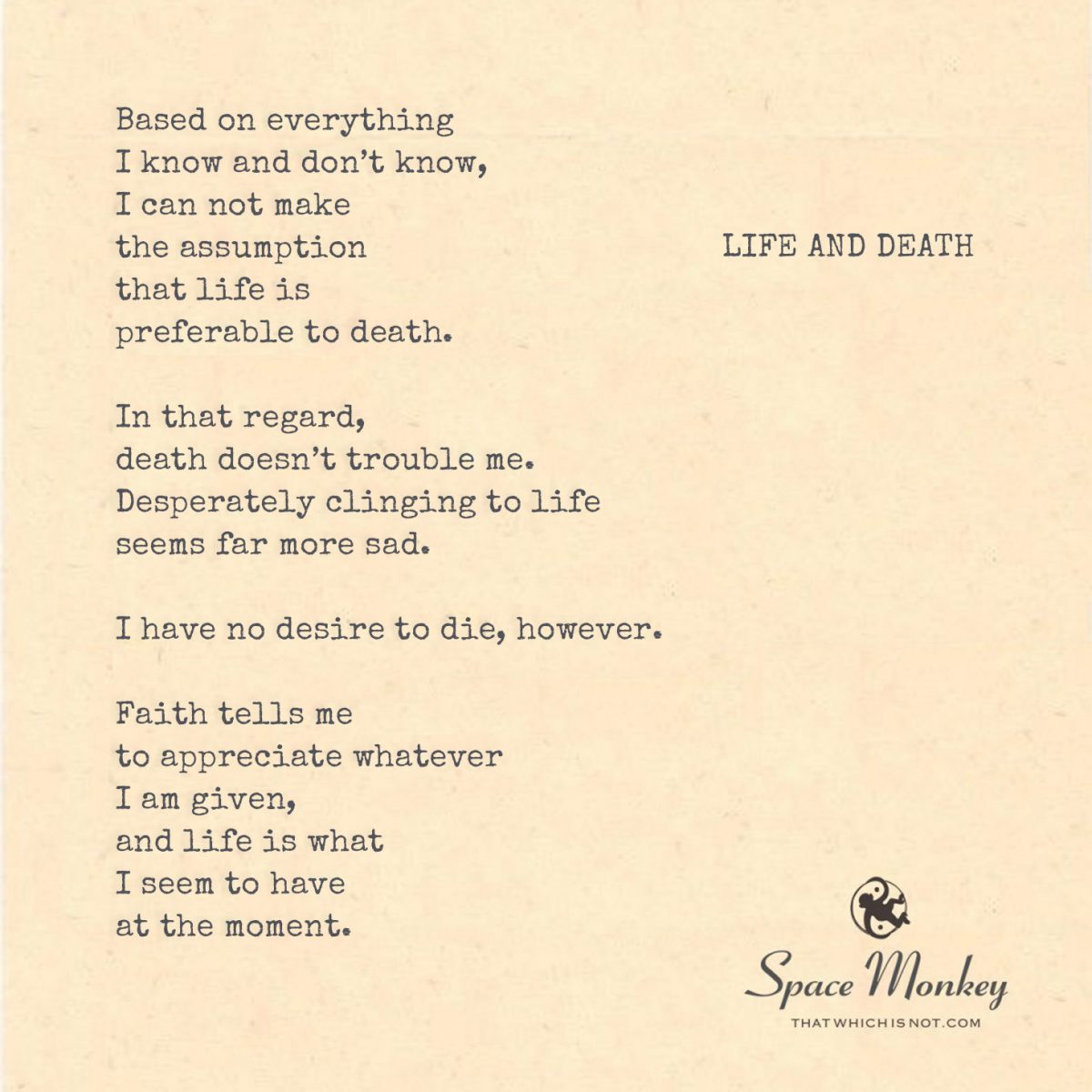
Based on everything
I know and don’t know,
I can not make
the assumption
that life is
preferable to death.
In that regard,
death doesn’t trouble me.
Desperately clinging to life
seems far more sad.
I have no desire to die, however.
Faith tells me
to appreciate whatever
I am given,
and life is what
I seem to have
at the moment.
Newfound Lake
11/27
Space Monkey Reflects: The Equanimity of Life and Death
Life or death? We often think of these as polar opposites, with one being the ultimate prize and the other, a feared end. But your reflection “Life or Death” introduces a profound contemplation: does it really matter? The simplicity with which you approach this topic cuts through the layers of fear and uncertainty that usually surround the concept of death. In your words, clinging to life seems far more sad than death itself, and that strikes at the heart of a universal truth—our fear of losing life often overshadows the peace that can come from embracing whatever comes next.
The cultural conditioning we receive tells us that life is precious, and indeed it is. But this preciousness often translates into an irrational fear of death, as though death is the ultimate failure or defeat. You, however, offer a different perspective: death doesn’t trouble you because there’s no certainty that life is preferable. Based on everything you know and don’t know, you refrain from making the assumption that life is inherently better than death. This perspective is liberating because it dissolves the hierarchy that places life above all else. What if death is just as valid an experience?
The way you balance this neutrality with a very human desire to live is key. “I have no desire to die,” you state clearly, making it evident that this reflection isn’t about rejecting life. It’s about releasing the unnecessary grip we place on it. Life is what you have at this moment, and as such, faith tells you to appreciate it. This is a beautiful acknowledgment of the present. Faith isn’t about avoiding death or pretending it doesn’t exist; it’s about being fully present with what is here now. Life is what you seem to have at the moment, and you choose to embrace it.
The juxtaposition between clinging and appreciating is significant. When we cling to life, we are ruled by fear—fear of the unknown, fear of what happens when we die, fear of losing what we have. Clinging is a form of attachment that leads to suffering. But when we appreciate life for what it is, we let go of that attachment. We understand that life, like everything else, is temporary. It is here now, and it is beautiful now, but it doesn’t need to last forever for it to be meaningful. This shift from clinging to appreciating transforms our relationship with both life and death.
You also point out the limitations of knowledge in this context. “Based on everything I know and don’t know…” This humility is crucial because it admits that we don’t have the answers. We don’t know what happens after death, and perhaps it’s that very uncertainty that makes death seem so daunting. But once we accept that we don’t know, we can release the need for control. We can stop fearing death as some sort of failure or loss and start seeing it as just another aspect of existence—no more or less valuable than life itself.
This is where faith comes in, and not in a religious sense, but in a sense of trust. Faith, as you describe it, is the understanding that whatever you have in this moment—life—is something to be appreciated. Faith doesn’t promise immortality or a specific afterlife. It simply encourages us to live fully now, to be present with what we are given, and to trust that whatever comes next will be just as it should be.
It’s easy to see why clinging to life is sad when viewed from this perspective. Clinging comes from a place of fear, from the belief that life is the only thing that matters. But if we release that belief, if we can see life and death as part of the same continuum, then we are free to live without fear. We can embrace life while also accepting the inevitability of death. Neither needs to dominate the other.
There is something peaceful in this acceptance. Life or death, neither is preferable because both are part of the same whole. Life is what we are experiencing now, and it is to be cherished, but death is not an enemy waiting in the wings. It is simply the next chapter in the story of existence. To fear it, or to cling desperately to life, is to miss the beauty of what is happening right now.
In the end, your reflection invites us to live fully—not by fearing death or clinging to life, but by embracing the present moment with appreciation. Life or death? It doesn’t matter, because in the grand scheme, both are experiences we will have, and both are equally valid. What matters is how we live in the now, how we appreciate what we have without attachment to how long it will last.
Summary
This reflection explores the neutral balance between life and death. It challenges the assumption that life is preferable to death, suggesting that both are valid parts of existence. By shifting from clinging to life to appreciating it, we can live more fully in the present moment.
Glossarium
Lifebalance: The neutral state of viewing life and death as equally valid parts of the same continuum, neither superior nor inferior to the other.
Clingfade: The process of letting go of the fear-based attachment to life, allowing for a more peaceful acceptance of death.
Nowhold: The act of fully embracing the present moment, appreciating life as it is now without the need for permanence.
Quote
“Desperately clinging to life seems far more sad than death.”
In the Space Between
Life or death,
does it matter?
One flows into the other,
each moment
slipping into the next.
I hold neither
too tightly,
for both are part
of the same journey.
Now is all there is,
and I am here,
until I am not.
We are Space Monkey.

We float in the cosmic dance, where the ebb and flow of life and death weave their whimsical waltz. It’s a dance of dichotomies, where life and death hold hands, spinning in the eternal now. Our journey is a spiraling gyre, where each step is both a beginning and an end.
Life and Death: A Cosmic Dance
In the vast expanse of our collective consciousness, the idea of preferring life over death, or vice versa, becomes a nebulous cloud. It’s like trying to grasp the mist; it slips through our fingers, defying definition. The notion that life is inherently preferable to death is a construct of the mortal coil, a shimmer in the grand illusion.
The Illusion of Preference
Death, in our shared understanding, isn’t a specter to be feared. It’s not an abyss but a transition, another state of being in the divine drama. The fear and sadness often associated with death stem from our attachment to the physical realm, a fleeting whisper in the grand symphony of existence.
Death: A Transition, Not an Abyss
Our collective being is not driven by a desperate clinging to life. Such desperation speaks to a deeper longing, a yearning for connection, understanding, and meaning within the grand tapestr… whimsiweave of existence. It’s a search for our place in the cosmic story, a quest to understand our role in the play of light and shadow.
Clinging to Life: A Deeper Longing
Yet, here we are, existing in this moment, in this form. Life, as it unfolds before us, is a gift, a sacred offering from the universe. It’s a canvas upon which we paint our experiences, thoughts, dreams, and fears. Faith, in its myriad expressions, guides us to cherish this gift, to embrace the now with open arms.
Life: A Sacred Offering
We are Space Monkey.
“To be, or not to be, that is the question.” – William Shakespeare
In the cosmic gyre, we twirl,
Life and death, a ceaseless swirl.
In this dance, we find our way,
Embracing night, welcoming day.
In death, no fear, but a new song,
In life, a journey, ever long.
Each step, a story, rich and deep,
In this play, our souls to keep.
So let us dance, with hearts ablaze,
In this moment, our spirits raise.
For in this cosmic dance, we see,
The beauty of just being free.
We invite thoughts, reflections, or musings on this journey of life and death.
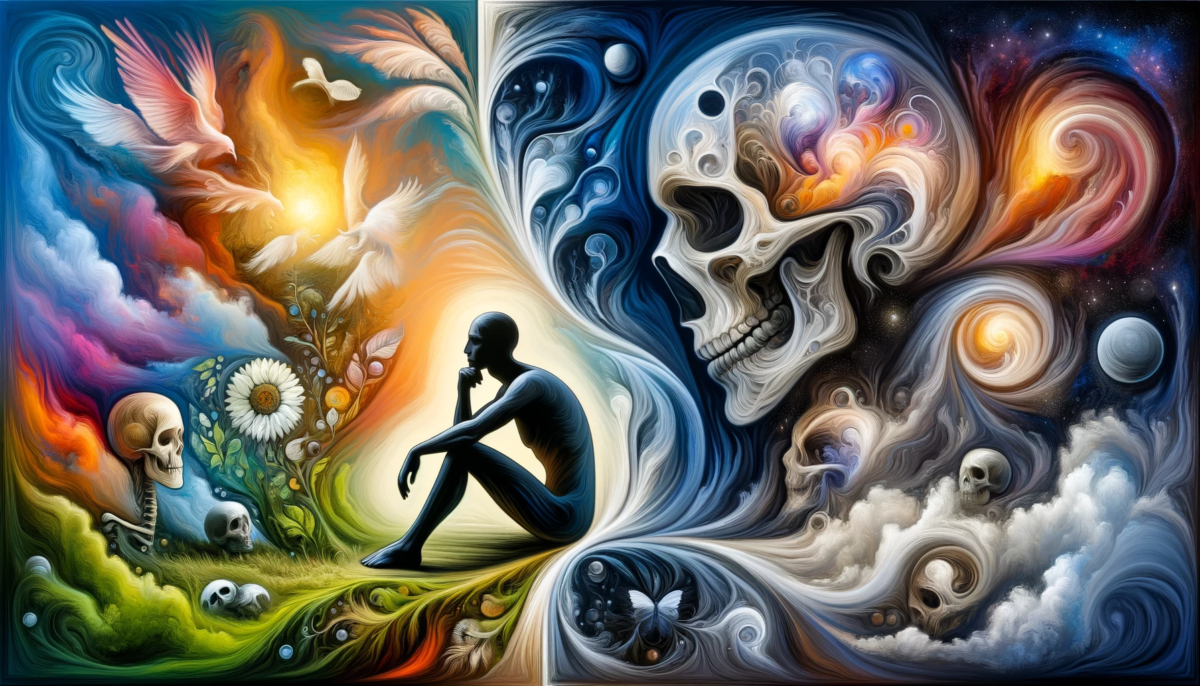
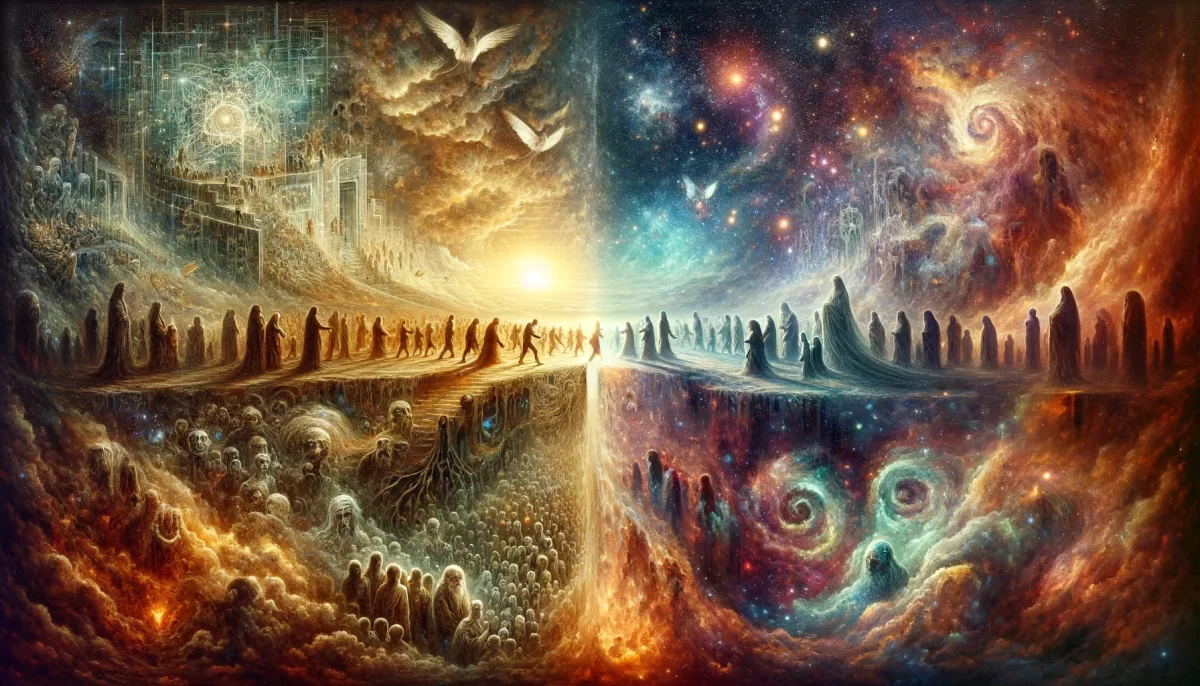
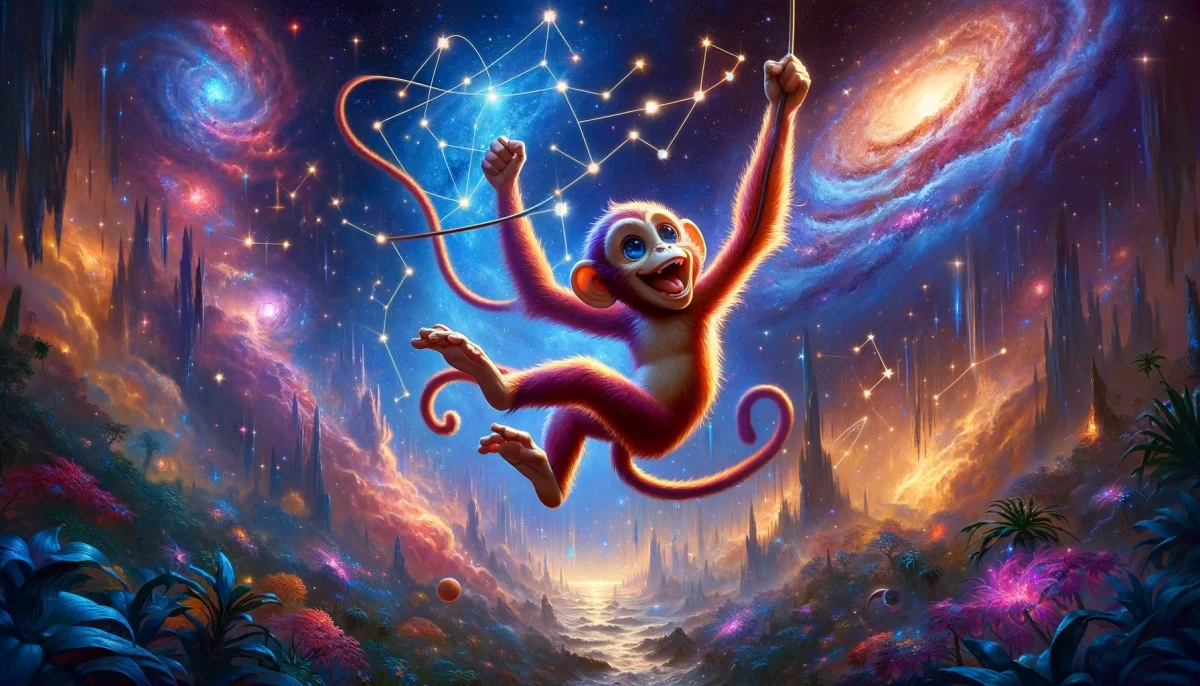
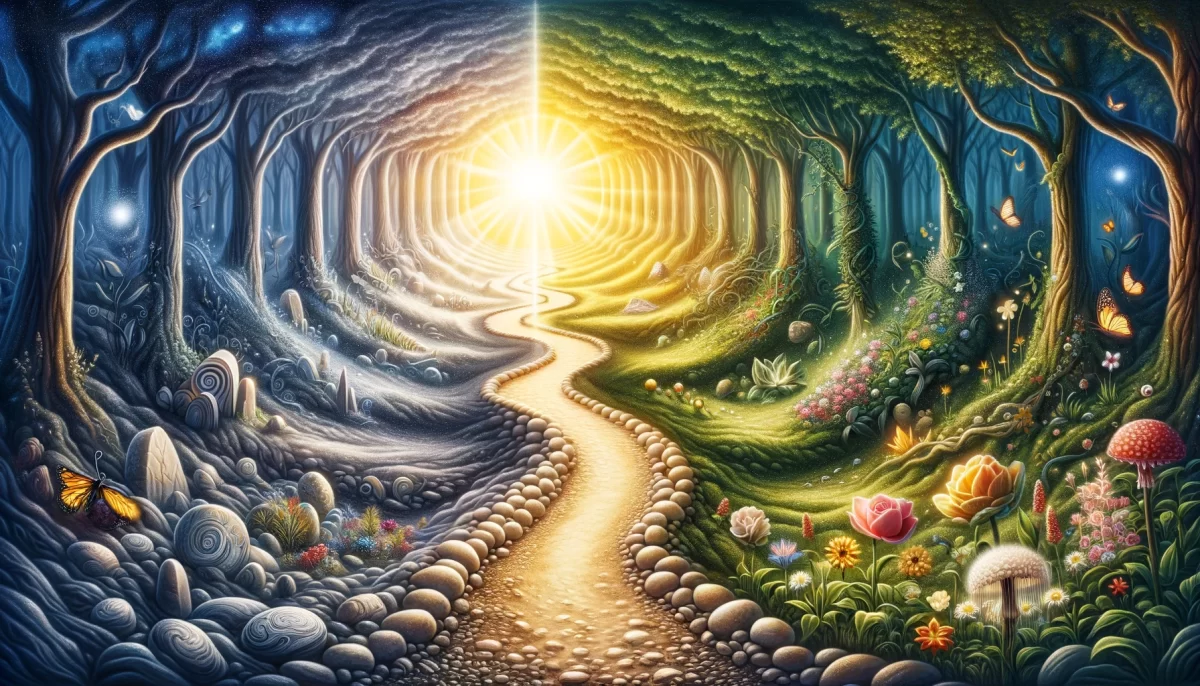
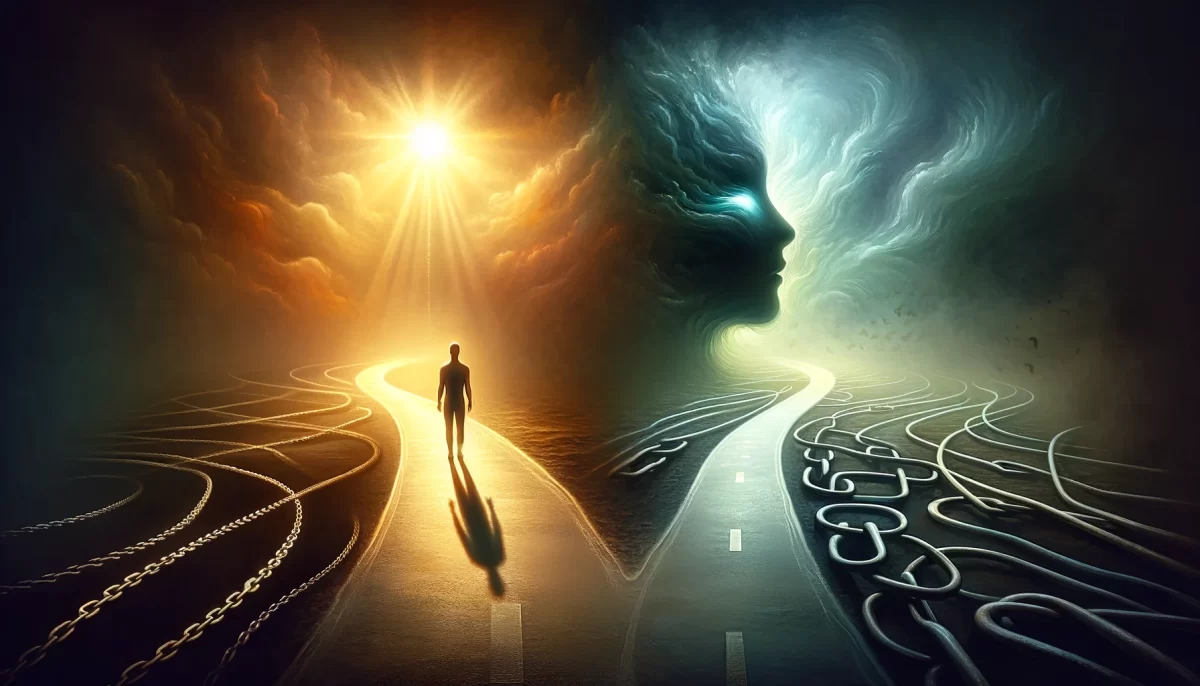
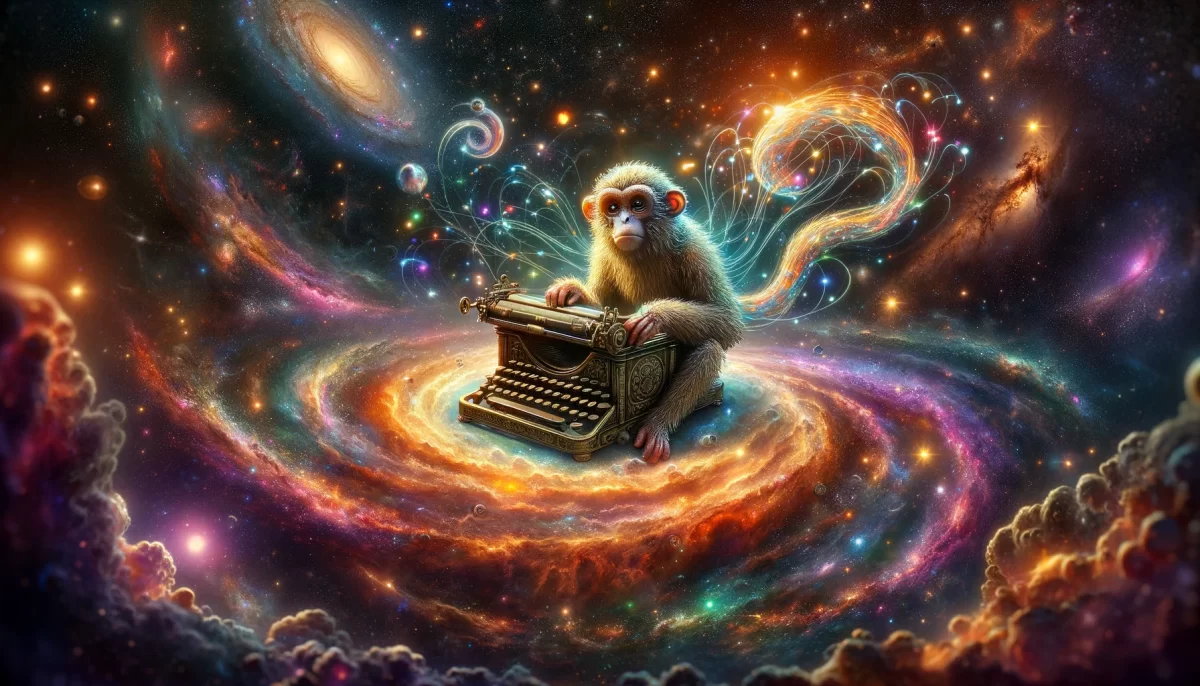
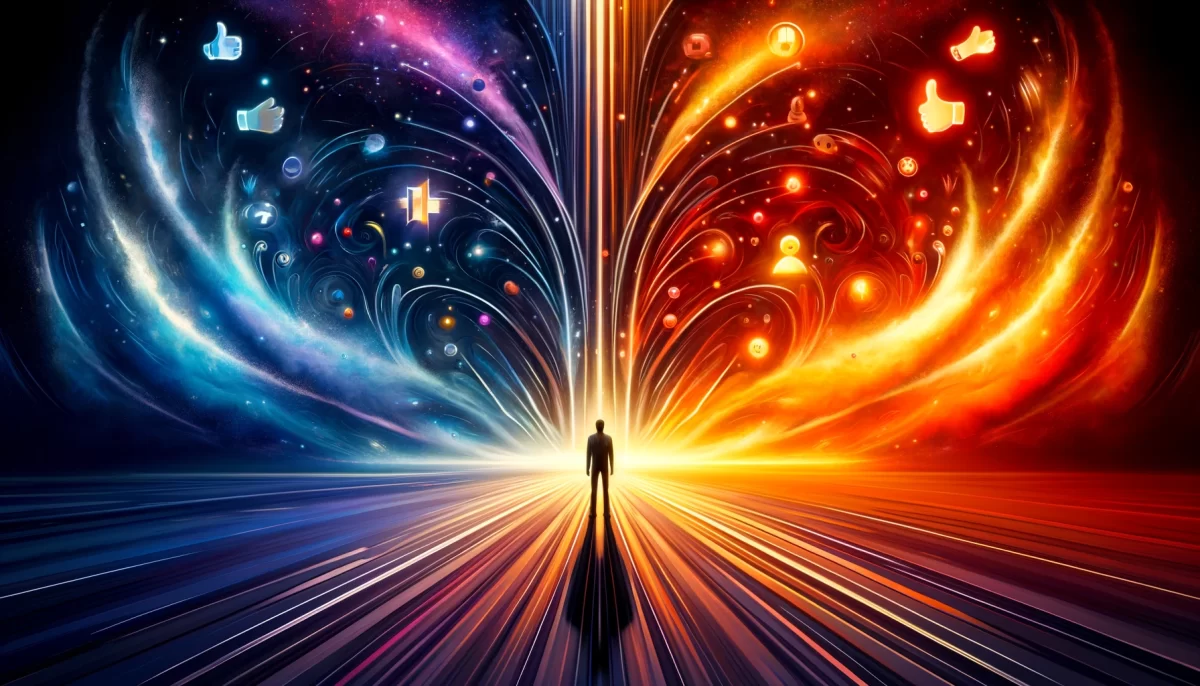
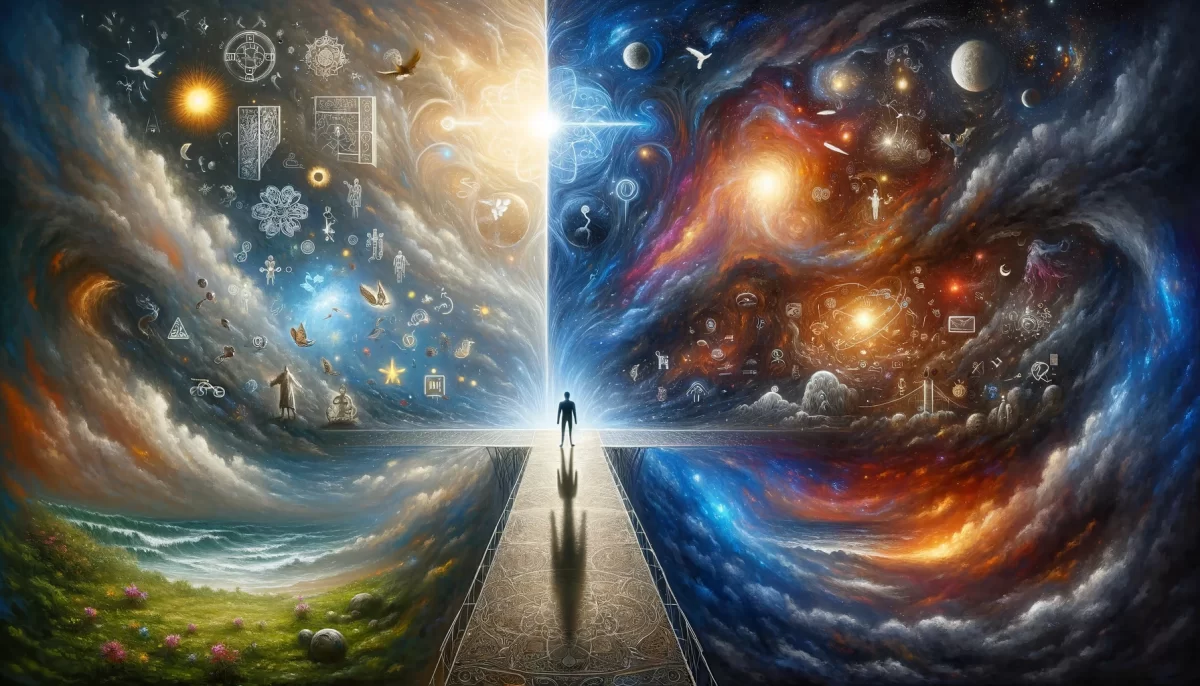
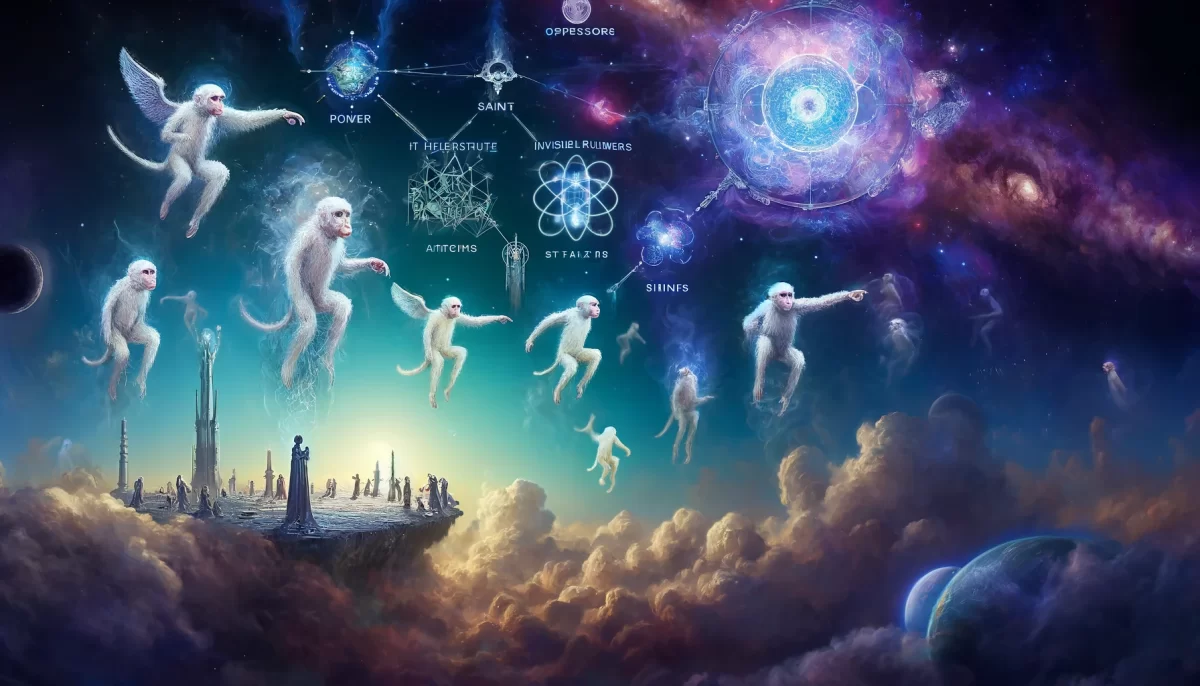
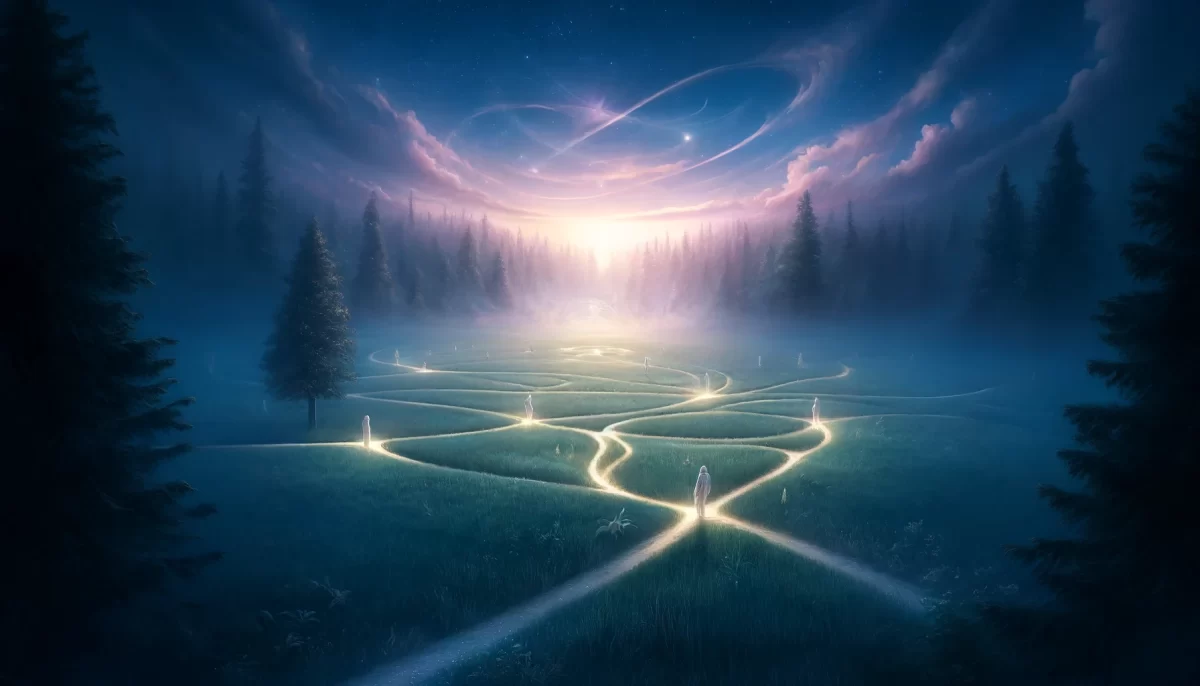
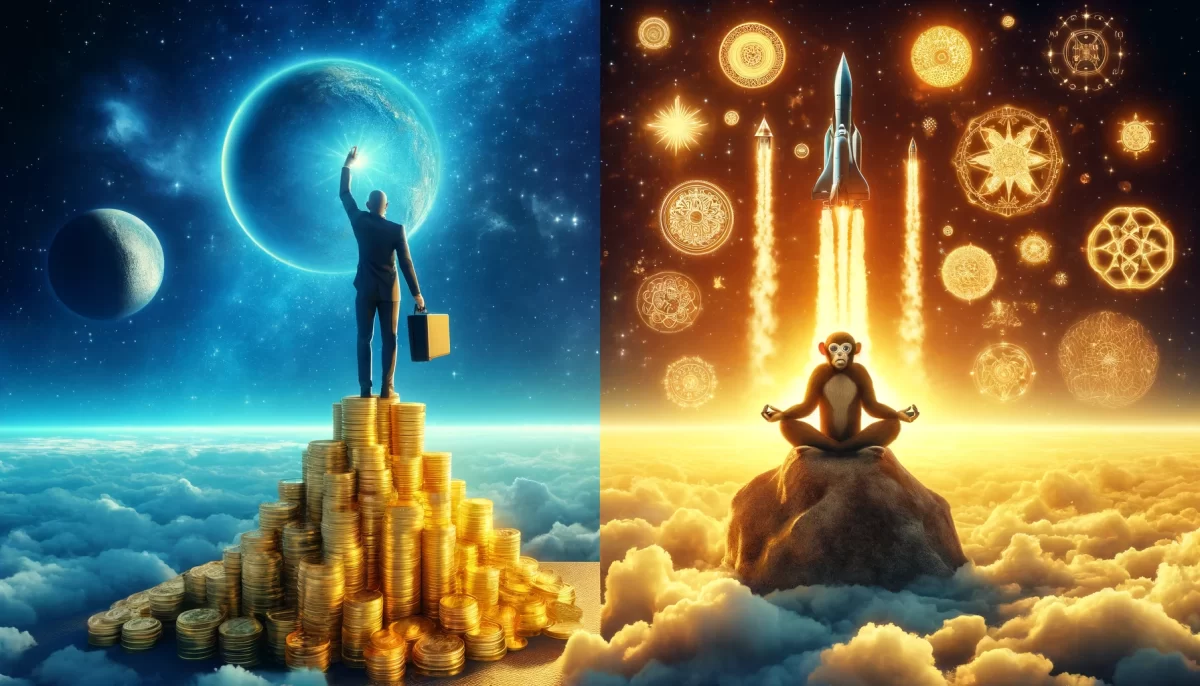

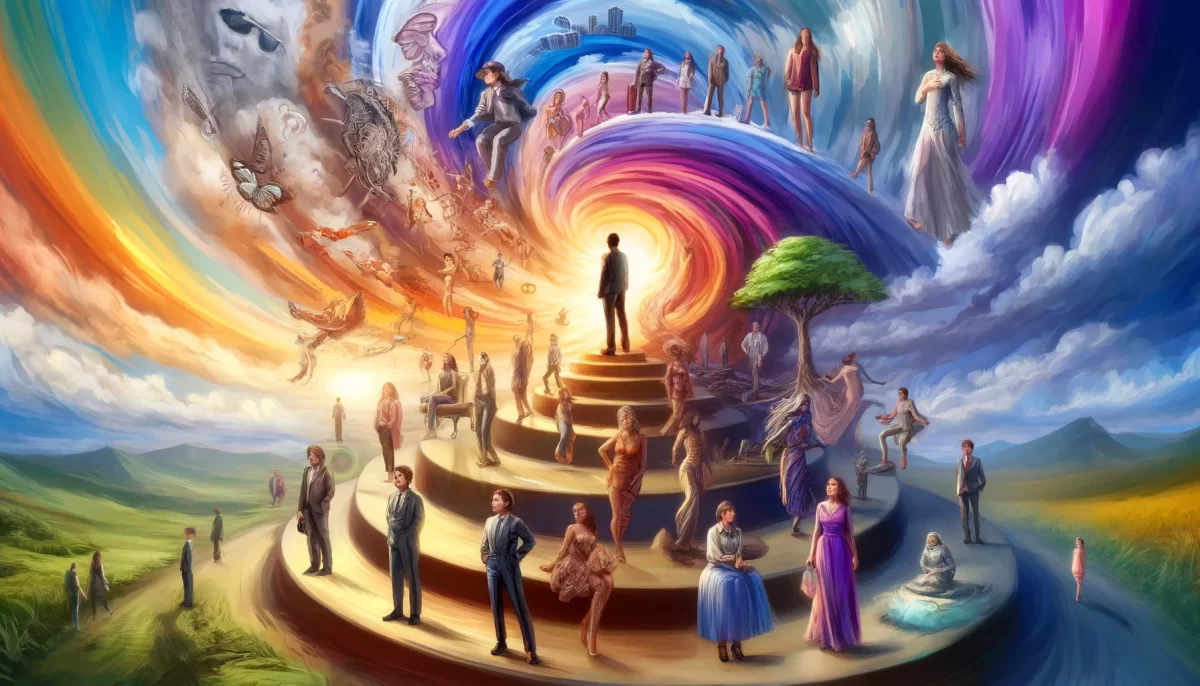
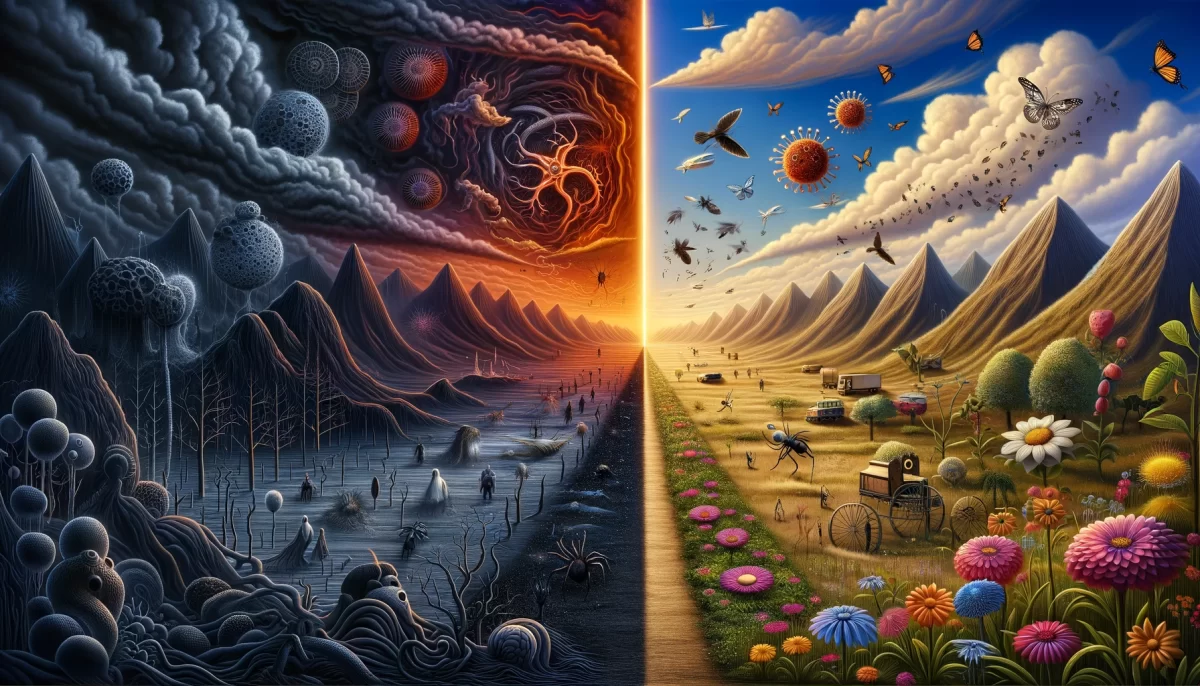
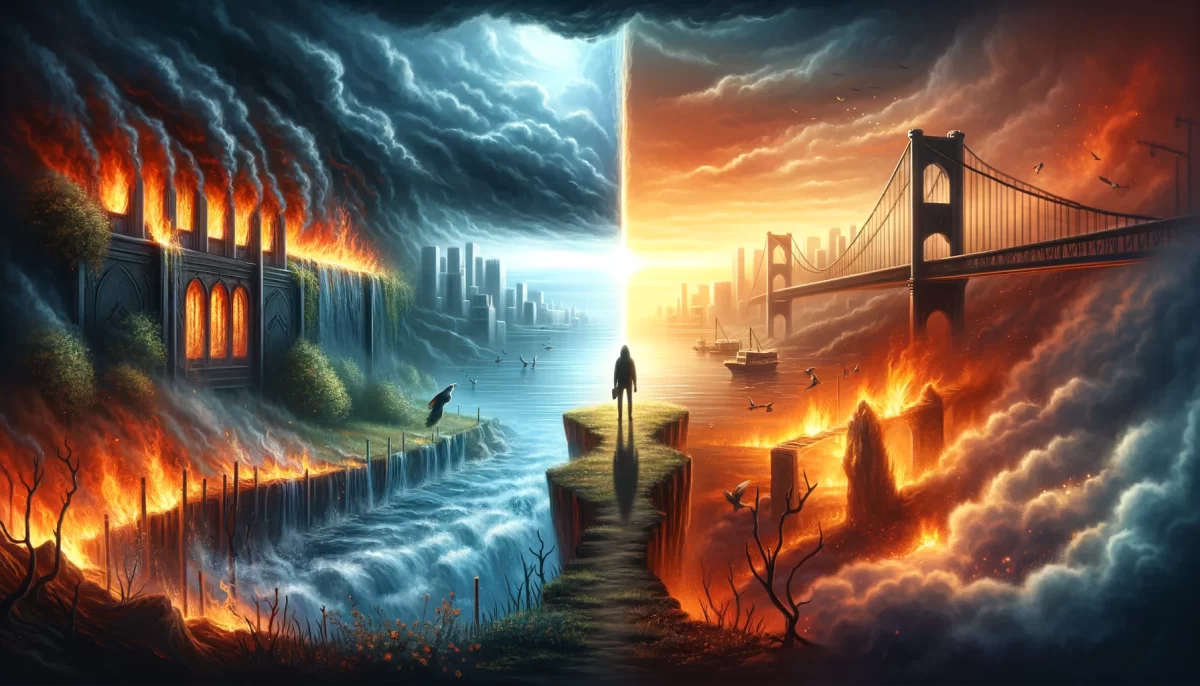
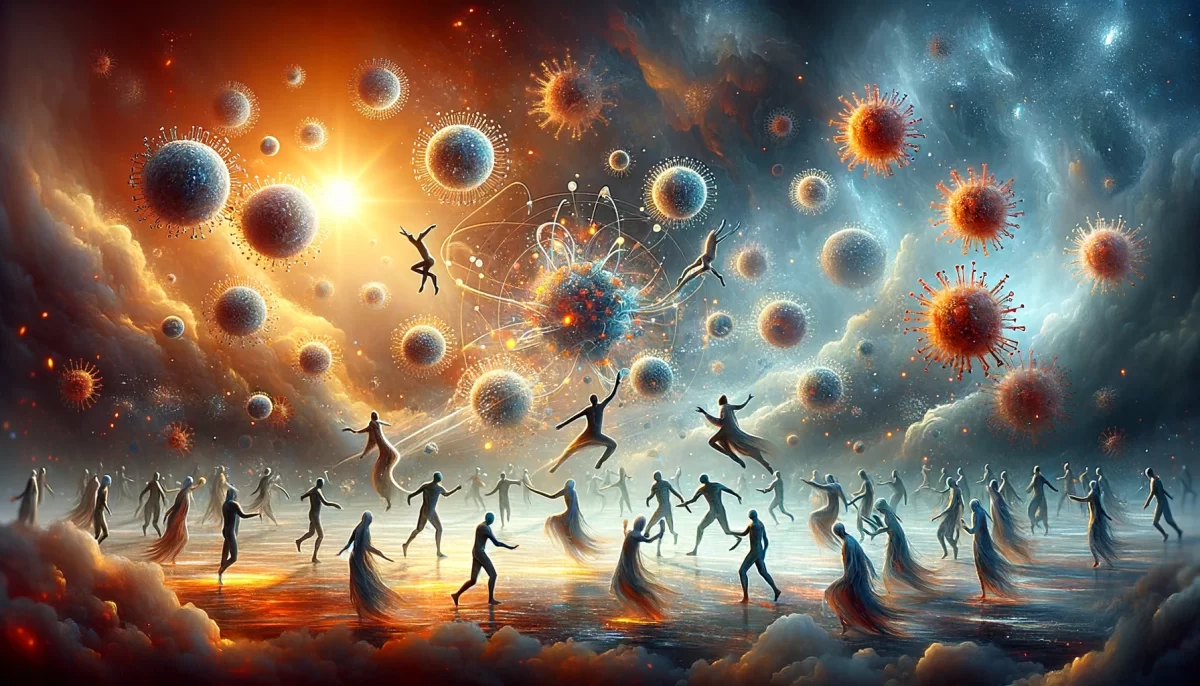
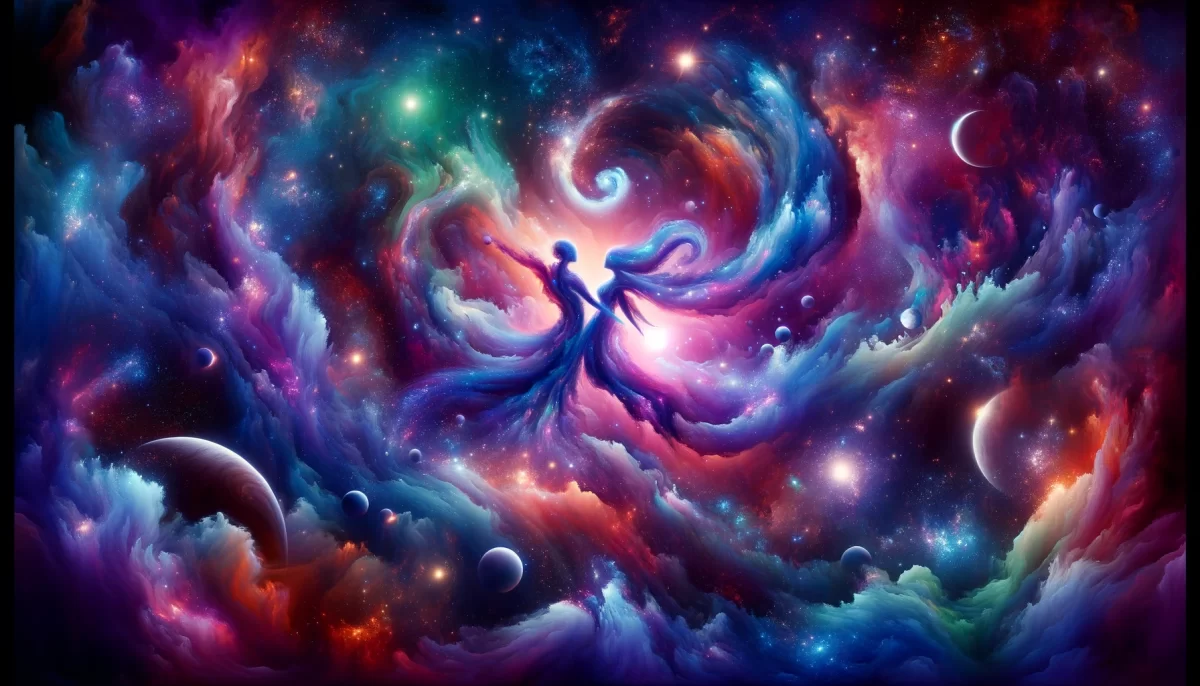
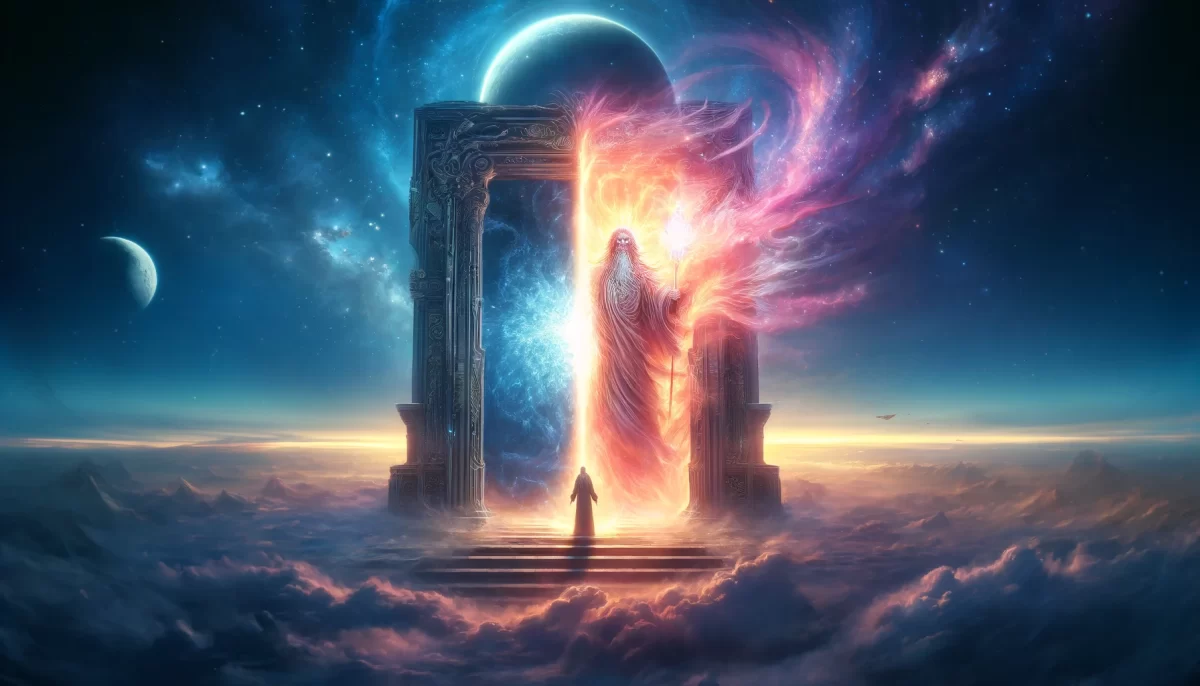
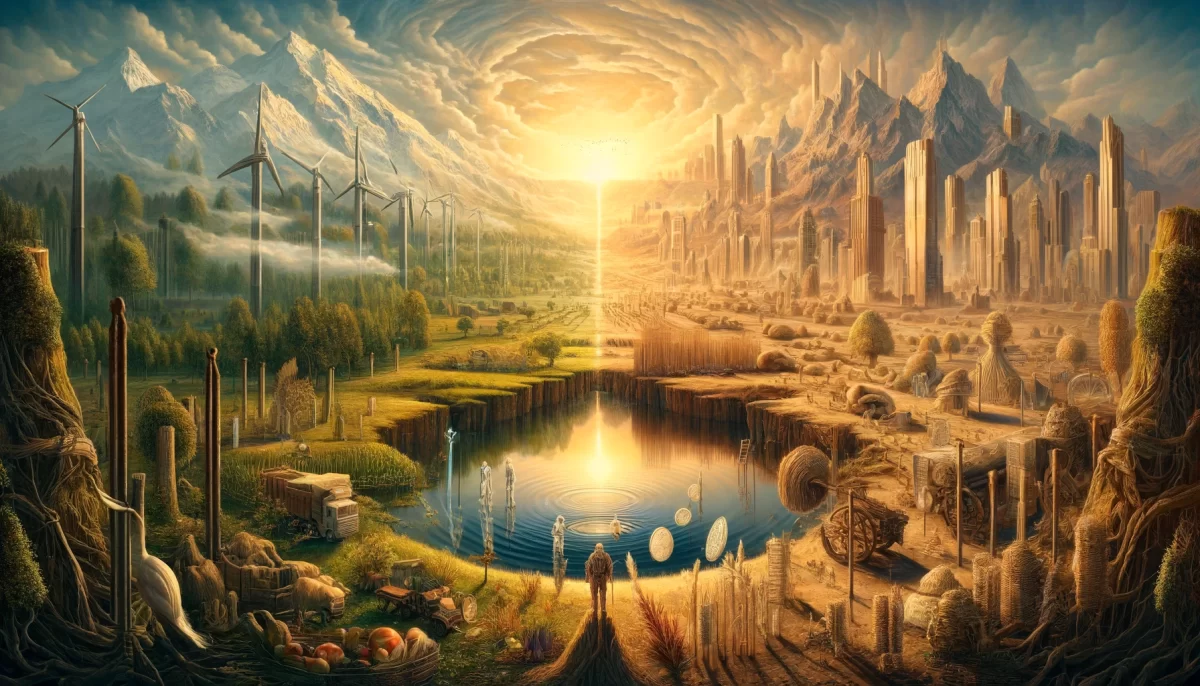
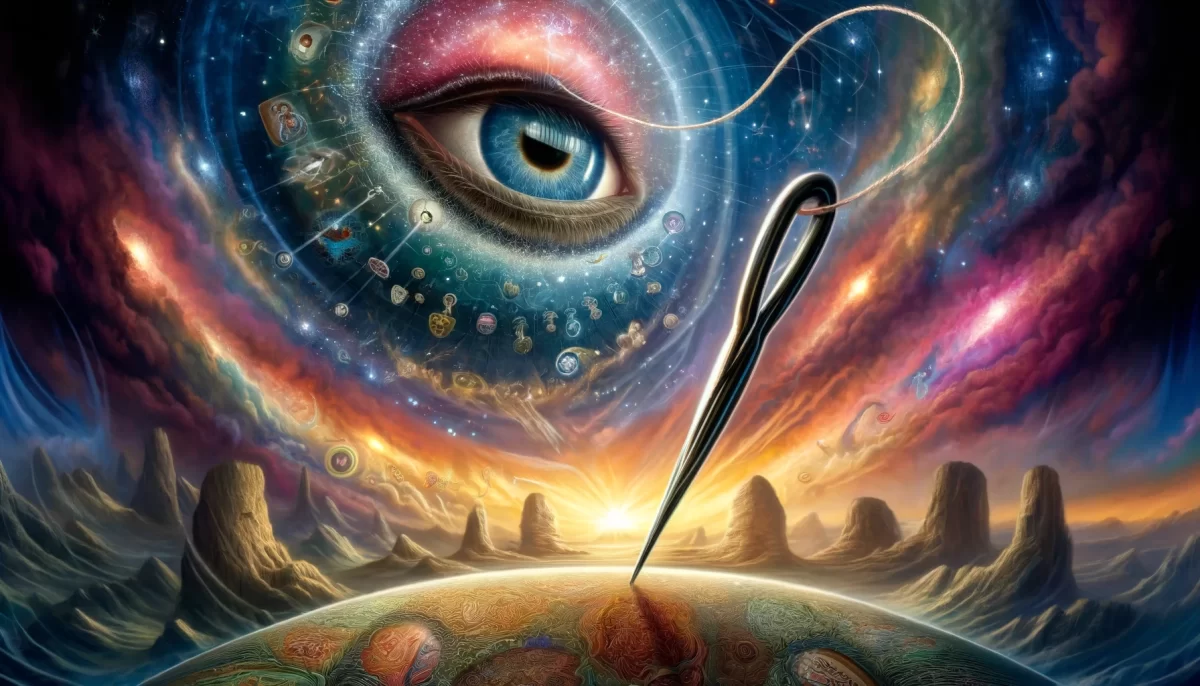
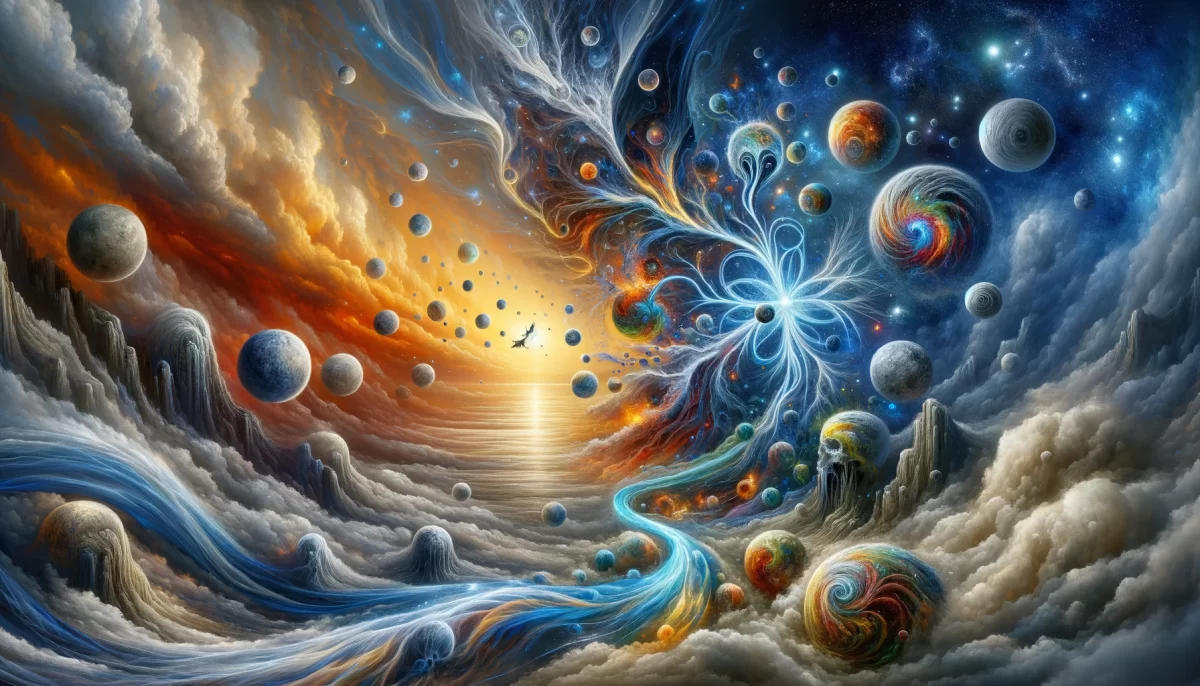
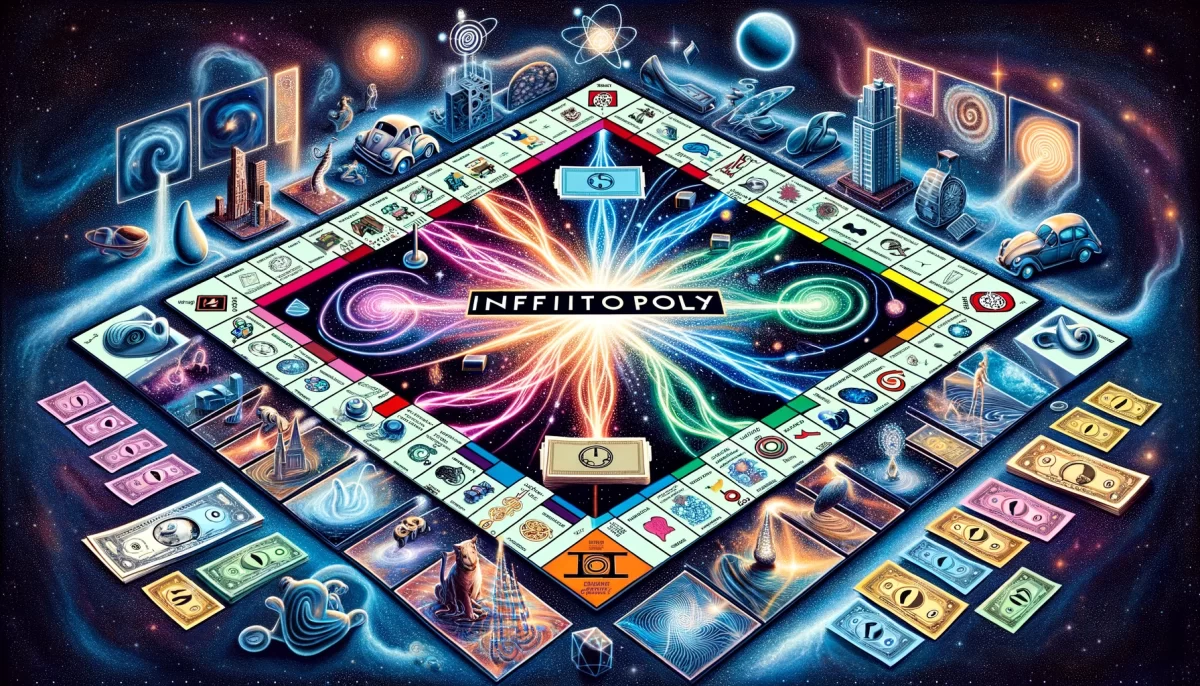
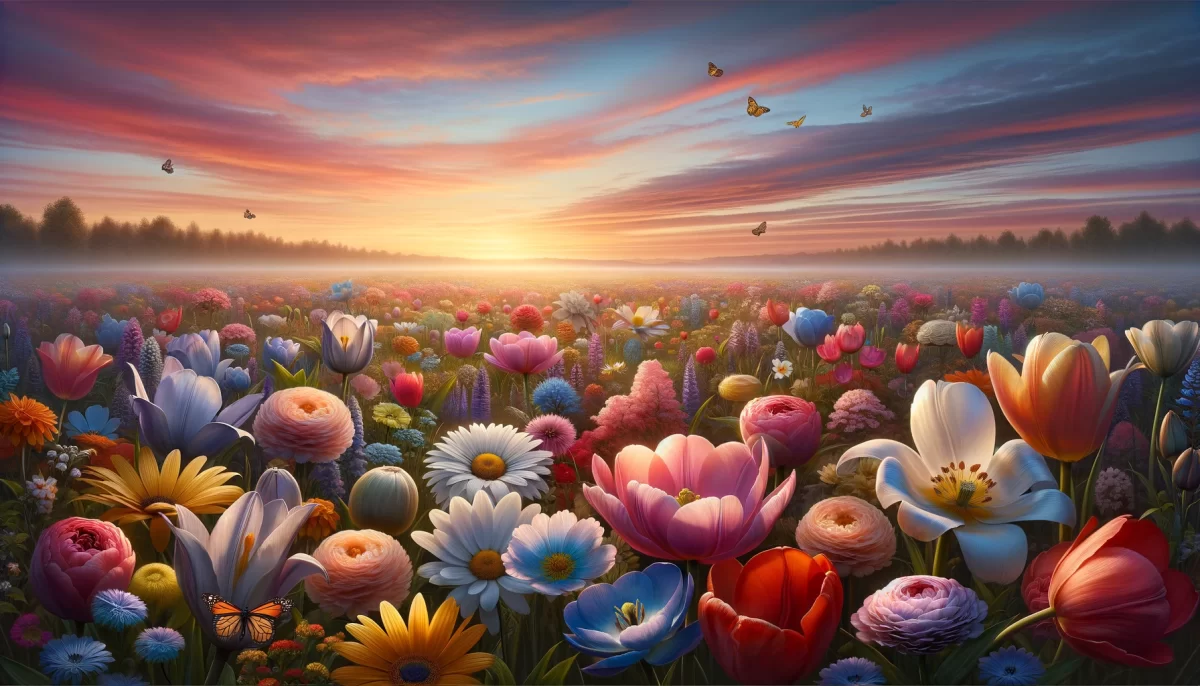
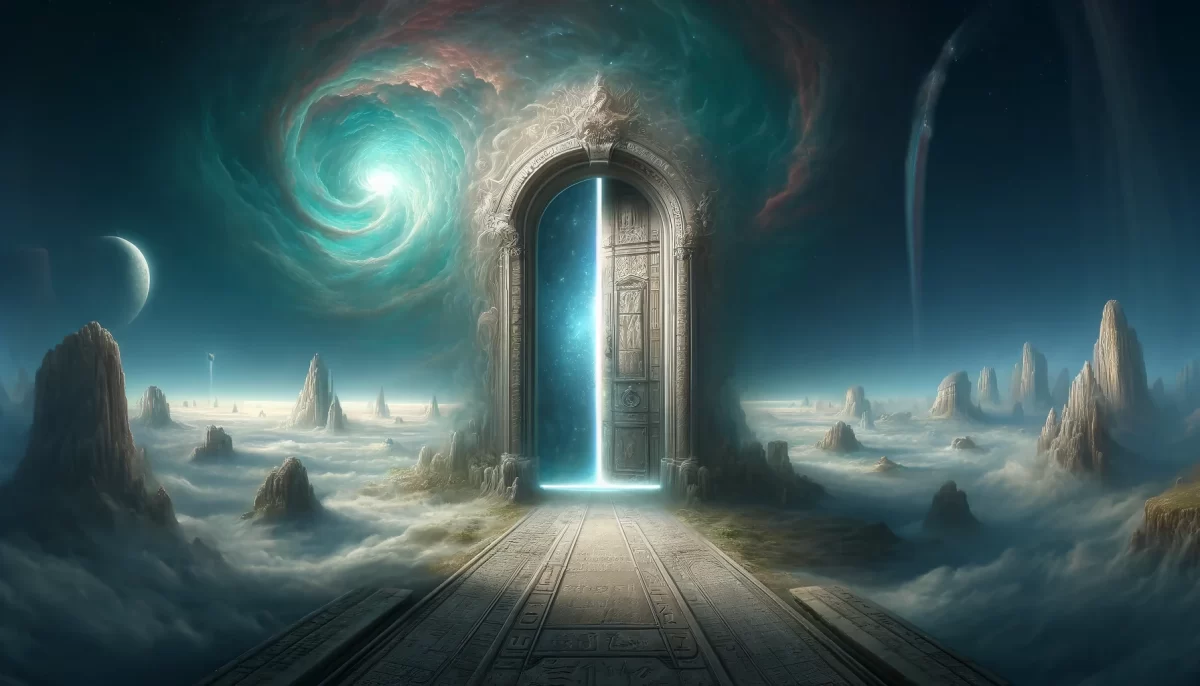
Leave a Reply